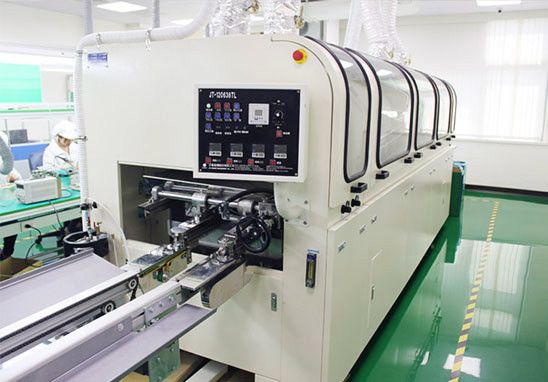The importance of temperature distribution in mass production PCBA and soldering environments is widely understood. Slow heating and preheating procefure help activate flux, prevent thermal shock, and improve solder joint quality during SMT Assembly. However, when it comes to PCBA rework, PCBA prototyping, or PCBA first article projects, which is easy to forget the importance of the preheating procedure, which can lead to equipment damage even if it is not damaged. So, for such an important step, why is it often forgotten in the practical operation of SMT factory? What are the consequences of omitting this stage?

What is the preheating before SMT Soldering?
When technicians and practitioners hear the words “temperature curve”, they usually think of SMT reflow. Along the huge length of the soldering zone, it is easy to see the four main temperature controlled zones, which will eventually produce a perfect soldering spot, hopefully. Each stage is carefully controlled and improved through the experience and trial and error of technicians. Each stage plays a role in improving solder joint quality and reducing defects. But other industrial welders may not have such fine temperature control. And what they have in common is the preheating phase.

Flux combustion in selective wave soldering
The function of the preheating stage is to steadily raise the temperature of the entire assembly from room temperature to the holding temperature below the paste melting point,Eg. about 150℃. Adjust temperature changes to maintain a constant slope of a few degrees per second. The preheating phase is followed by the soaking phase, where the temperature is maintained for a period of time to ensure uniform heating of the circuit board. Then there is the backflow phase, where solder joints begin to form. During the preheating and soaking stages, the volatile solvent in the solder paste is burned off and the flux is activated.

